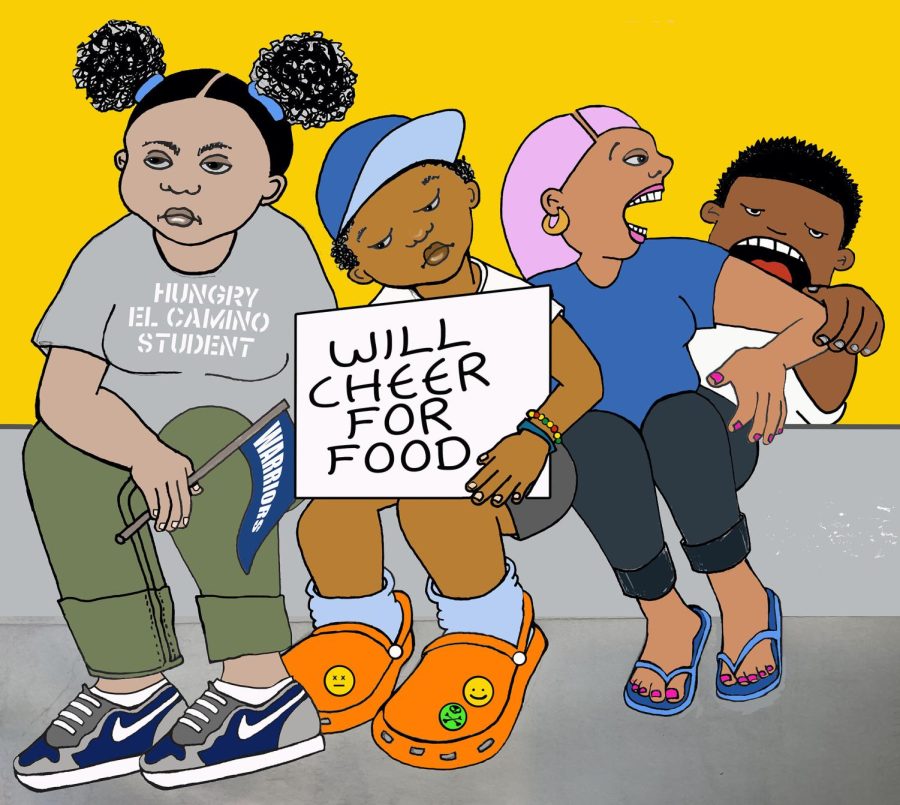Heated promiscuity and copious amounts of amphetamines, pot and cocaine don’t come up when one thinks of ballet, but, surprisingly, in English professor Adrienne Sharp’s first novel, First Love, there are those two things and there’s a whole lot more or a whole lot less.
‘First Love’ features wispy, blond-haired Sandra Ellis opposite the chiseled Adam LaSalle, her best friend since adolescence and, as the novel opens, her lover. The couple is introduced early on in the story as a heavily passionate pair.
Unfortunately, LaSalle’s stardom status at the American Ballet Theater and Ellis’ contrasting, yet undiscovered career as a background dancer at the New York City Ballet, makes for a touchy, jealous relationship.
Conditions seemingly lighten when the aging legendary choreographer, George Balanchine, returns to the stage and discovers Ellis, giving her the lead part of Aurora for his final masterpiece, “Sleeping Beauty.”
From there, a previously rocky state of things turns downright tumultuous.
“First Love” is uniquely crafted and loosely based upon “Sleeping Beauty,” with throwbacks to the story scattered throughout its pages.
Because of Sharp’s style, the novel even reads similar to a fairy tale.
This is not necessarily a positive thing.
Much like the steps of a dancer, Sharp’s words are light and gentle at times.
However, while weightlessness is of benefit to a ballerina, in her novel Sharp’s language is buried in hesitance; wherever sorrow is sown, the reader is still instilled with a belief that everything will tie up neatly into a happy ending.
The author’s overall style weighs timidly, much like Sandra’s personality, throughout the novel. This optimism is a difficult emotion to stick with, since “First Love” knits together multiple extremes of human emotion, sometimes in the same paragraph; this style of storytelling permits the reader to keep a cheerful approach.
Scenes that should weigh hard on the reader merely nudge him with a spoonful of pathos.
Sharp’s confidence as a writer does show through when it comes to the setting, and it is no surprise since the author is a former dancer and she knows the theater inside and out.
Whereas half of Adam’s and Sandra’s world of heartache, familial friction and surprise pregnancies does not hold successfully in readers’ minds, the other half of the couple’s world, the one of high drama rehearsals and on-edge performances, Dexedrine and pirouettes, are strong, potent images.
“First Love” is not mundane or badly written; readers who are even a bit interested in ballet or who are in the mood to commiserate with the angst of young adults will find the book an excellent journey and may even find themselves carrying a compassionate knot in their throats.
For everyone else, it is a worthwhile read with enough going on in the story to entertain on a fall afternoon.






